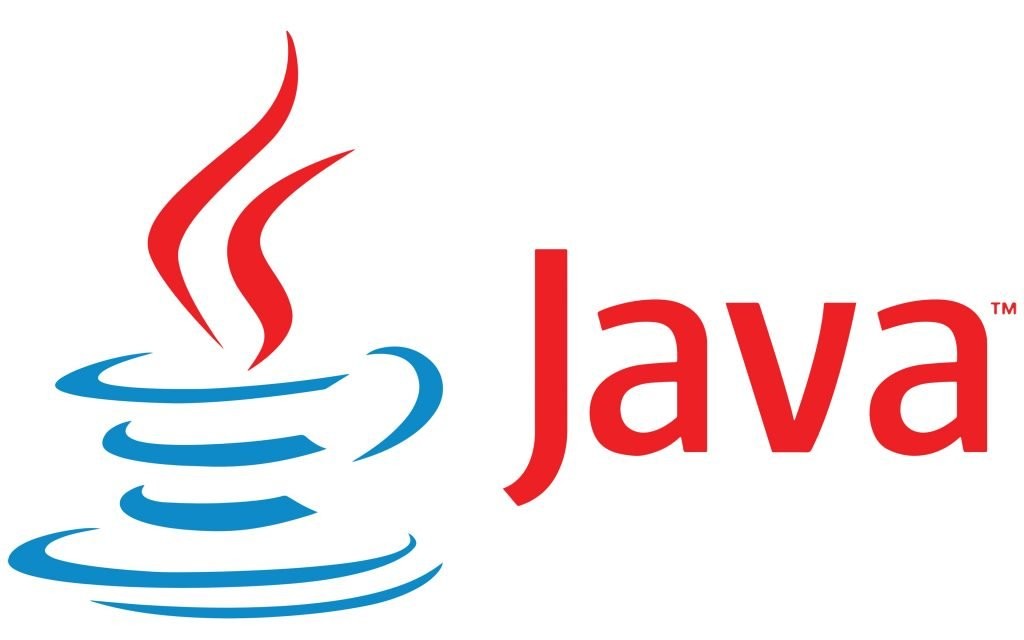Last Updated on August 26, 2024
Cryptography is the practice of encoding and decoding information in a way that only authorized parties can read it. It’s a fundamental tool for protecting sensitive data and ensuring secure communication.
At its core, cryptography involves the use of algorithms to transform data into a seemingly random format. These algorithms can be categorized into two main types: symmetric and asymmetric. Symmetric encryption uses the same key for both encryption and decryption, while asymmetric encryption uses a pair of keys (a public key and a private key).
Java Cryptography Architecture
Java provides a robust and comprehensive framework for cryptographic operations, known as the Java Cryptography Architecture (JCA). The JCA defines a set of interfaces and providers for various cryptographic algorithms, allowing developers to implement secure applications.
At the core of the JCA is the concept of providers, which implement specific cryptographic algorithms. These providers can be integrated into the Java runtime environment, enabling developers to select and use different algorithms based on their security requirements.
JCE extends the Java Cryptography Architecture (JCA) to include a more comprehensive set of cryptographic operations.
Java Cryptography Extension (JCE) is a set of packages that provides a framework and implementations for encryption, key generation and key agreement, and Message Authentication Code (MAC) algorithms.
Encryption in Java
At the core of Java encryption are various algorithms, including symmetric encryption (AES, DES), asymmetric encryption (RSA), and hash functions (SHA, MD5). These algorithms are implemented through provider-based architecture, allowing developers to use standard APIs while enabling flexibility in cryptographic implementations.
Java’s javax.crypto package provides classes for encryption and decryption operations.
The Cipher class is central to these processes, supporting a wide range of algorithms and modes. Key management is handled through interfaces like Key, PublicKey, and PrivateKey, with the KeyGenerator and KeyPairGenerator classes facilitating key creation.
import javax.crypto.Cipher;
import javax.crypto.KeyGenerator;
import javax.crypto.SecretKey;
import javax.crypto.spec.IvParameterSpec;
import java.util.Base64;We import necessary classes from javax.crypto for encryption operations, and java.util.Base64 for encoding the encrypted data.
KeyGenerator keyGen = KeyGenerator.getInstance("AES");
keyGen.init(256); // for AES-256
SecretKey secretKey = keyGen.generateKey();This creates a KeyGenerator for AES, initializes it for 256-bit keys, and generates a SecretKey.
byte[] iv = new byte[16];
new java.security.SecureRandom().nextBytes(iv);
IvParameterSpec ivSpec = new IvParameterSpec(iv);We create a 16-byte (128-bit) IV using SecureRandom and wrap it in an IvParameterSpec.
Cipher cipher = Cipher.getInstance("AES/CBC/PKCS5Padding");This creates a Cipher object for AES encryption in CBC mode with PKCS5 padding.
cipher.init(Cipher.ENCRYPT_MODE, secretKey, ivSpec);
byte[] encryptedBytes = cipher.doFinal(plainText.getBytes());We initialize the cipher for encryption with the secret key and IV, then encrypt the plaintext.
String encryptedText = Base64.getEncoder().encodeToString(encryptedBytes);The encrypted bytes are encoded to Base64 for easy printing or transmission.
Putting it altogether:
import javax.crypto.Cipher;
import javax.crypto.KeyGenerator;
import javax.crypto.SecretKey;
import javax.crypto.spec.IvParameterSpec;
import java.util.Base64;
public class AESEncryptionExample {
public static void main(String[] args) throws Exception {
String plainText = "Hello, World!";
// Generate a secret key
KeyGenerator keyGen = KeyGenerator.getInstance("AES");
keyGen.init(256); // for AES-256
SecretKey secretKey = keyGen.generateKey();
// Generate an initialization vector
byte[] iv = new byte[16];
new java.security.SecureRandom().nextBytes(iv);
IvParameterSpec ivSpec = new IvParameterSpec(iv);
// Encrypt
Cipher cipher = Cipher.getInstance("AES/CBC/PKCS5Padding");
cipher.init(Cipher.ENCRYPT_MODE, secretKey, ivSpec);
byte[] encryptedBytes = cipher.doFinal(plainText.getBytes());
// Encode to Base64 for easy printing
String encryptedText = Base64.getEncoder().encodeToString(encryptedBytes);
System.out.println("Encrypted: " + encryptedText);
// Decrypt
cipher.init(Cipher.DECRYPT_MODE, secretKey, ivSpec);
byte[] decryptedBytes = cipher.doFinal(Base64.getDecoder().decode(encryptedText));
String decryptedText = new String(decryptedBytes);
System.out.println("Decrypted: " + decryptedText);
}
}Decryption in Java
In order to do the decryption, we’d need to ensure secure transmission and storage of the key and IV. This example assumes we already have these values available.
String encryptedText = "...";
String keyString = "...";
String ivString = "...";These strings represent your encrypted data, key, and IV, all in Base64 format. In a real application, you’d receive or retrieve these from a secure source.
byte[] encryptedBytes = Base64.getDecoder().decode(encryptedText);
byte[] keyBytes = Base64.getDecoder().decode(keyString);
byte[] ivBytes = Base64.getDecoder().decode(ivString);
This converts the Base64 strings back into their original byte arrays.
SecretKey secretKey = new SecretKeySpec(keyBytes, "AES");This creates a SecretKey object from the decoded key bytes, specifying AES as the algorithm.
IvParameterSpec ivSpec = new IvParameterSpec(ivBytes);This wraps the IV bytes in an IvParameterSpec object, which is required for the decryption process.
Cipher cipher = Cipher.getInstance("AES/CBC/PKCS5Padding");
cipher.init(Cipher.DECRYPT_MODE, secretKey, ivSpec);This creates a Cipher object for AES decryption, using CBC mode and PKCS5 padding. It’s then initialized for decryption with the secret key and IV.
byte[] decryptedBytes = cipher.doFinal(encryptedBytes);This performs the actual decryption, converting the encrypted bytes back to their original form.
Putting it altogether:
import javax.crypto.Cipher;
import javax.crypto.SecretKey;
import javax.crypto.spec.IvParameterSpec;
import javax.crypto.spec.SecretKeySpec;
import java.util.Base64;
public class AESDecryptionExample {
public static void main(String[] args) throws Exception {
String encryptedText = "...";
String keyString = "...";
String ivString = "...";
// Decode the Base64 strings
byte[] encryptedBytes = Base64.getDecoder().decode(encryptedText);
byte[] keyBytes = Base64.getDecoder().decode(keyString);
byte[] ivBytes = Base64.getDecoder().decode(ivString);
// Create SecretKey and IvParameterSpec objects
SecretKey secretKey = new SecretKeySpec(keyBytes, "AES");
IvParameterSpec ivSpec = new IvParameterSpec(ivBytes);
// Initialize Cipher for decryption
Cipher cipher = Cipher.getInstance("AES/CBC/PKCS5Padding");
cipher.init(Cipher.DECRYPT_MODE, secretKey, ivSpec);
// Decrypt
byte[] decryptedBytes = cipher.doFinal(encryptedBytes);
String decryptedText = new String(decryptedBytes);
System.out.println("Decrypted text: " + decryptedText);
}
}Conclusion
Java provides a robust and flexible framework for encryption and decryption through its Java Cryptography Architecture (JCA) and Java Cryptography Extension (JCE). These tools offer developers a standardized approach to implementing cryptographic operations across various algorithms and modes.
It’s crucial to remember that the security of any cryptographic system depends not just on the tools used, but on how they are implemented. Proper key management, secure random number generation, and adherence to best practices in cryptographic implementations are essential for maintaining the integrity and confidentiality of encrypted data.

